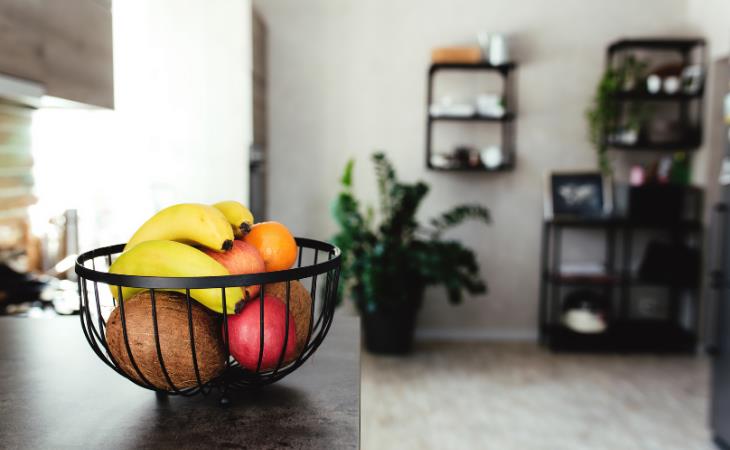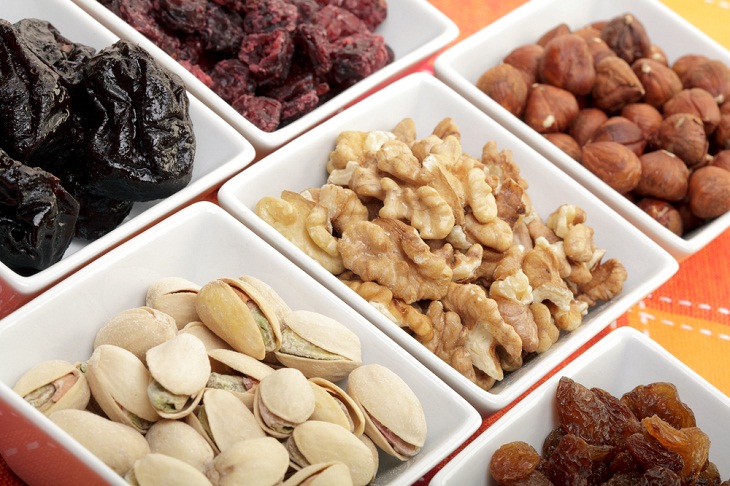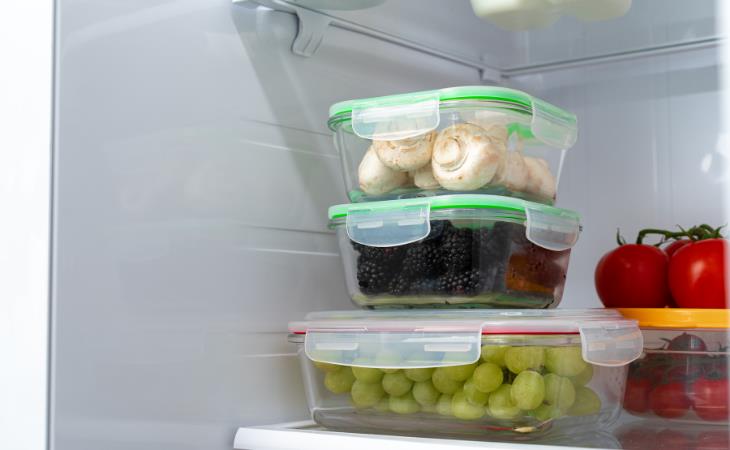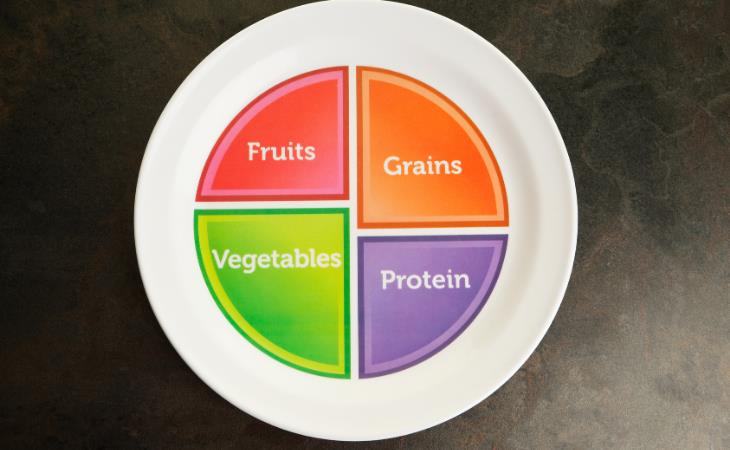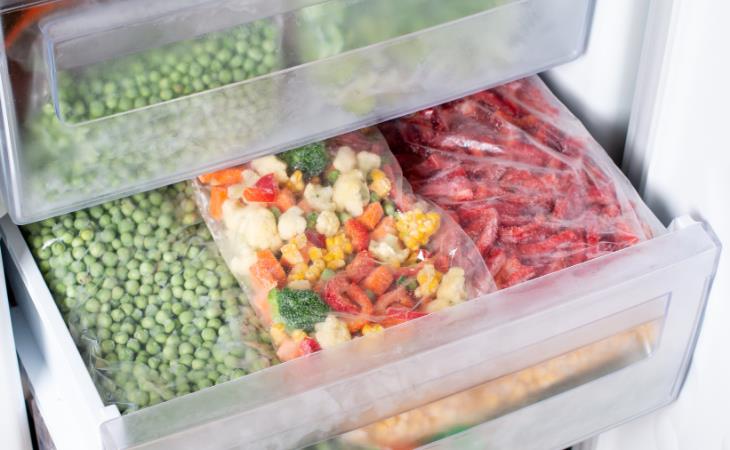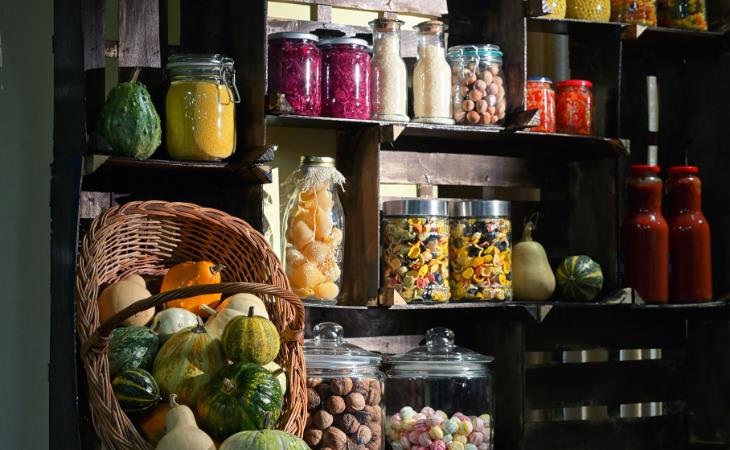
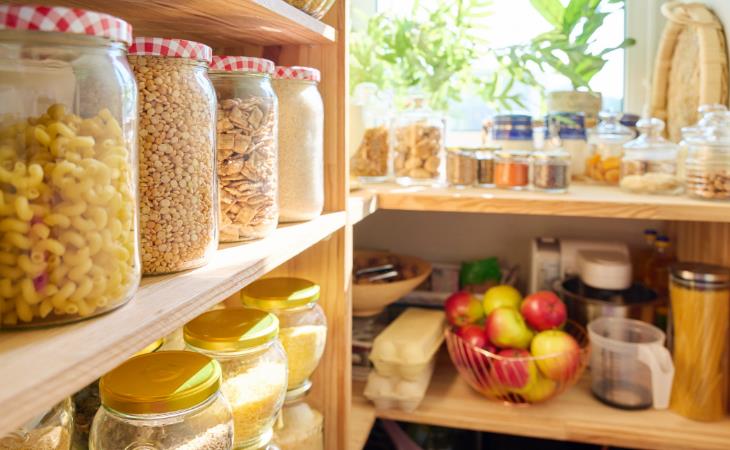
Many people instinctively keep packaged, processed snacks like chips and cookies on easily accessible, eye-level shelves in their cupboards. Unfortunately, these readily available snacks are high in fat, salt, and sugar, but low in essential nutrients such as fiber and protein.
To prevent this, consider relocating these less nutritious options to the top and bottom shelves while displaying healthier alternatives like nuts and whole-grain crackers at eye level. By rearranging your cupboard in this manner, you can reduce the temptation to snack on unhealthy snacks while encouraging healthier eating habits.
